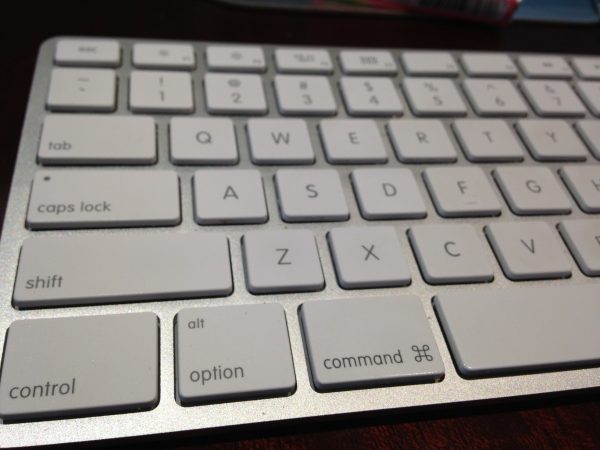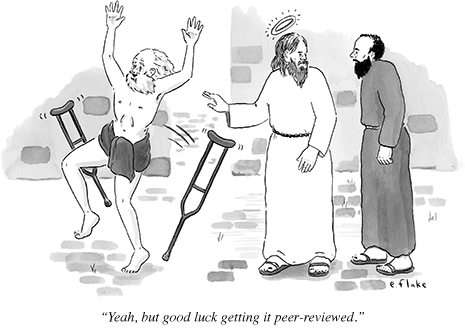This post is my first to the summer project Digital Research in the Liberal Arts. It summarizes some of my prior posts made on the subject of iPad use and research.
I have been fortunate enough to have had an iPad since they first came out. (As an aside, as much as folks label me an “Apple fanboy,” this is the first Apple product I have purchased in its first run. Usually I wait until the kinks are out.) It is rather amazing to consider just how far the it has come in just over a year. And that is not even considering the advances made in hardware. The first version of the iPad is still a powerful computer and is in fact more powerful today than a year ago. So I thought I would begin my participation in this project by reviewing some of my prior posts and thoughts about the iPad. You can find all my iPad tagged articles on my person blog by simply going here.
First Matters
When the iPad first came out there was a lot of discussion about just what the iPad was for, content consumption or creation? Thirteen months ago I wrote this article about how I was, in fact, using the iPad to create content. Just this January I wrote a more philosophical piece about content creation and operational definitions. This article asking, “What is ‘Content Creation,'” includes a discussion of rabbinic literature as well.
When I wrote the first article one of the real drawbacks for my work in ancient Hebrew and Jewish literature was the lack of Hebrew support. iOS 4.2.1 finally brought Hebrew input in a solid fashion. There are still quirks, the main desktop app I use is Nisus Writer Pro (just updated to v. 2) which saves to RTF. As discussed on the Facebook group, there are no real RTF solutions for the iPad yet. But I am getting ahead of myself.
Tools
In October of 2010 the iPad was already at a point where I could use it on the road as my only machine. In fact, other than one trip in last summer to a conference, where I needed a specific app that only ran in Mac OS (but now it is available on the iPad), I have not taken a notebook with me when traveling, just the iPad and my iPhone. So, as I was saying, in October I created this post outlining what apps I use for research and productivity. There are also various accessories and other apps that I have recommendedin the past as well.
One of the reasons I have been able to replace my notebook on the road has been the ability to wirelessly connect Apple’s BlueTooth keyboard to the iPad. It is not a perfect marriage, as I have noted, but it works surprisingly well. A very nice addition I recently made is the Incase Origami Workstation, as recommended by Andy Ihnatko on Mac Break Weekly. Caution: the little velcro tabs will come unglued the day you purchase it. One of our staff loaned me her nail glue (for gluing on fake nails) and it has worked a treat.
Finally, I have made much of Sente for the iPad. I have a fairly thorough review here. The desktop app is Mac only and it is not cheap. The collaborative features are also not as open as some other solutions that Chris Long has noted (link to be added…). That being said, it has been nothing short of revolutionary for my research and productivity. I am an administrator as well as an academic, but the former takes precedence over the latter and includes a LOT of travel. This year, thanks to the iPad and Sente, I have been able to read dozens of articles, annotate them, and collaborate with my research assistant. The result is that as I move into the summer when I will finally be able to actually do some writing and real research, I have a running start. For me, that makes all the difference in the world.




One thought on “iPad use in research: Where am I now?”